Home>Articles>Why Is The Attic Always Warmer Than The Basement
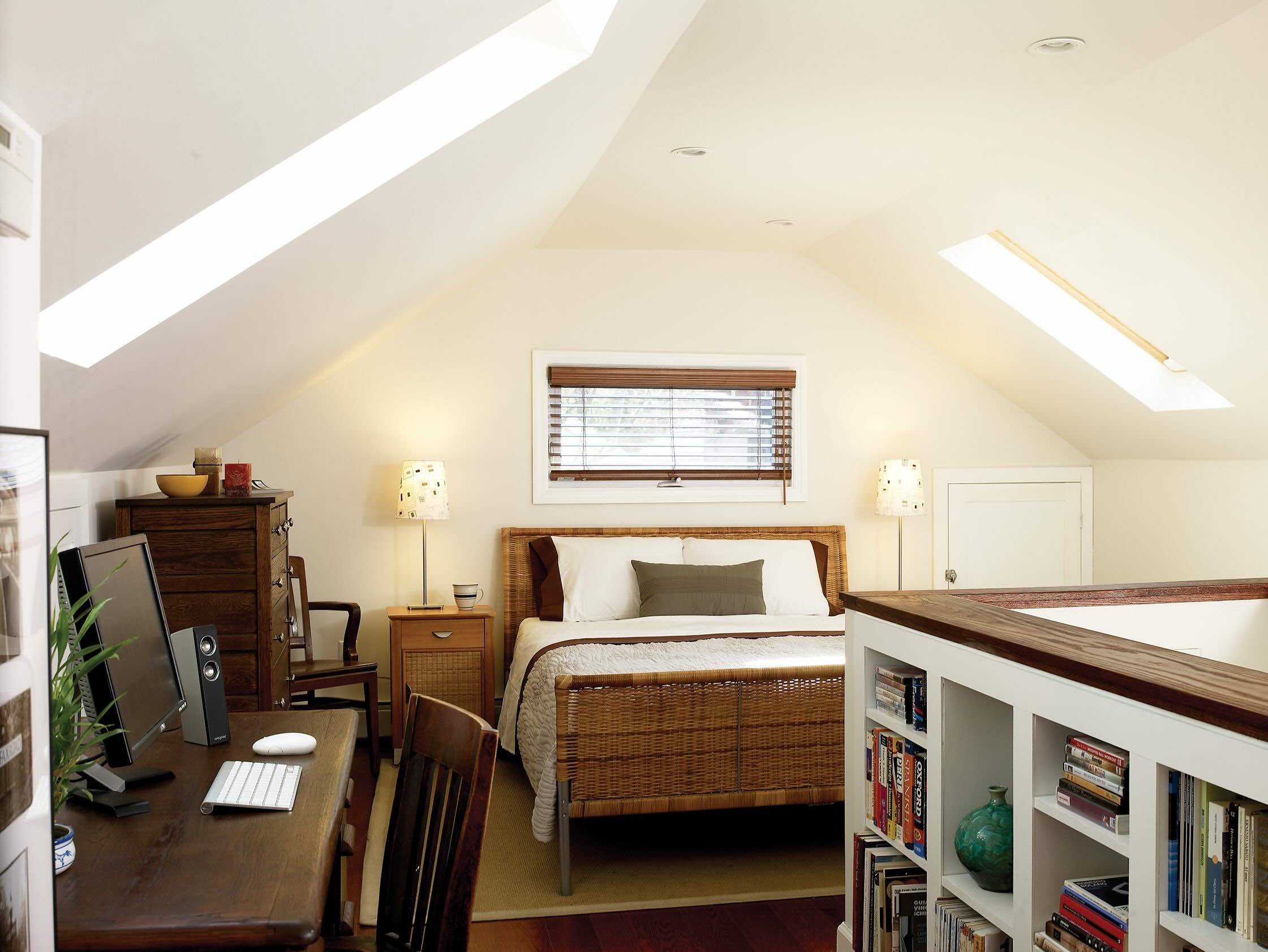

Articles
Why Is The Attic Always Warmer Than The Basement
Modified: October 20, 2024
Discover why the attic in a house is consistently warmer than the basement with our informative articles on this intriguing phenomenon.
(Many of the links in this article redirect to a specific reviewed product. Your purchase of these products through affiliate links helps to generate commission for Storables.com, at no extra cost. Learn more)
Introduction
Have you ever wondered why the attic of a house always seems to be warmer than the basement? This seemingly curious phenomenon can be attributed to a combination of factors that affect the temperature variations within a house. Understanding these factors can help homeowners optimize their living conditions and create a more comfortable environment.
Temperature variations within a house can be influenced by several factors, including insulation, air circulation, heat transfer mechanisms, sunlight exposure, and the presence of ventilation systems. These elements work together and contribute to the temperature disparities observed between the attic and the basement.
In this article, we will delve deeper into the reasons why the attic tends to be warmer than the basement. By exploring the various factors that affect temperature differences, we aim to offer a comprehensive understanding of this common phenomenon.
Sit back, relax, and let’s embark on a journey to uncover the secrets behind the temperature variations within your humble abode!
Key Takeaways:
- Understanding the factors contributing to temperature variations between the attic and basement, such as insulation, heat transfer mechanisms, and ventilation, can help homeowners optimize indoor comfort and create a more balanced living environment.
- Factors like sunlight exposure, roof material, and HVAC systems also play crucial roles in regulating temperature differences within a house. By considering these elements, homeowners can make informed decisions to enhance their home’s comfort.
Read more: Why Are There Always Spiders In My Bathtub
Understanding Temperature Variations in a House
Before diving into why the attic of a house is typically warmer than the basement, it is essential to grasp the overall concept of temperature variations within a house. A house is a complex system with multiple rooms, each exposed to different environmental factors, including sunlight, insulation levels, and airflow.
Temperature variations occur due to differences in heat distribution and heat transfer mechanisms. Heat is constantly being generated within a house through various sources such as appliances, human activities, and sunlight entering through windows. This heat energy needs to be balanced and distributed throughout the house to maintain a comfortable living environment.
However, achieving a consistent temperature throughout the house is challenging due to the factors mentioned earlier. Each room experiences variations in insulation, solar radiation, airflow, and other external influences, resulting in temperature disparities.
The attic and basement, being at opposite ends of the house, are particularly susceptible to temperature variations. The attic, being located at the top of the house, is closer to the roof, which is exposed to direct sunlight. On the other hand, the basement is typically underground and shielded from sunlight. These differences, along with other factors, contribute to the temperature disparity between these two areas.
By understanding the basics of temperature variations within a house, we can now dive deeper into the specific factors that contribute to the attic being warmer than the basement. Let’s explore these factors in detail.
Factors Affecting Temperature Differences between Attic and Basement
Several key factors come into play when explaining why the attic of a house tends to be warmer than the basement. These factors include insulation and air circulation, heat transfer mechanisms, sunlight exposure, the type of roof material, the presence of ventilation systems, and the influence of HVAC (Heating, Ventilation, and Air Conditioning) systems.
1. Insulation and Air Circulation: The level of insulation in both the attic and basement plays a significant role in temperature variations. Insufficient insulation can lead to heat escaping from or penetrating into these areas, causing temperature fluctuations. Additionally, the air circulation within these spaces also affects temperature. Poor ventilation or blocked airflow can contribute to trapped heat in the attic and cooler conditions in the basement.
2. Heat Transfer Mechanisms: Heat can be transferred through conduction, convection, and radiation. Within a house, heat travels through these mechanisms, affecting temperature variations. In the attic, for example, heat from the roof can be transferred through the process of conduction, making the space warmer. In contrast, the basement, being underground, benefits from cooler temperatures as heat is less likely to penetrate from the surrounding soil.
3. Sunlight and Roof Material: The attic is more exposed to sunlight than the basement. Sunlight can directly heat the roof and radiate heat into the attic space. The type of roof material also plays a role. Dark-colored roofs tend to absorb more sunlight and generate more heat, further contributing to a warmer attic. In contrast, the basement, shielded from direct sunlight, remains cooler.
4. Ventilation Systems: The presence and effectiveness of ventilation systems impact the temperature difference between the attic and basement. Proper ventilation in the attic can help release trapped heat, maintaining a cooler temperature. Conversely, inadequate ventilation can result in heat buildup. Basements, especially finished ones, often have lower ventilation needs, leading to cooler conditions.
5. Influence of HVAC Systems: The functioning of HVAC systems can also impact temperature variations within a house. If the distribution of cool air from the air conditioning system is inadequate in the attic, it can lead to higher temperatures. Basements, being closer to the HVAC system, may receive more conditioned air, contributing to cooler temperatures.
By considering these significant factors, we can gain a better understanding of the temperature differences between the attic and the basement. However, additional factors should also be taken into account to comprehensively explain this phenomenon. Let’s explore these additional factors in the next section.
Insulation and Air Circulation
Insulation and air circulation are crucial factors that play a significant role in the temperature variations between the attic and basement of a house. Understanding how insulation and air circulation impact these areas can help homeowners optimize the temperature and create a more comfortable living environment.
Insulation: Insulation acts as a barrier to heat flow, helping to maintain a consistent temperature within a house. The quality and thickness of insulation in both the attic and basement are vital factors in regulating temperature.
In the attic, proper insulation is essential to prevent heat from escaping or penetrating from the outside. Insulation in the form of fiberglass, cellulose, or foam helps to trap heat within the living spaces. If the insulation is inadequate or poorly installed, the attic can experience temperature variations, becoming warmer than desired.
In contrast, the basement can benefit from the coolness of the ground surrounding it. However, insulation is still important to prevent temperature fluctuations. Insulating basement walls and floors helps to maintain a stable temperature, preventing the coolness of the ground from seeping into the living space.
Air Circulation: Air circulation, also known as ventilation, is another critical factor influencing temperature variations. Proper airflow allows for the exchange of indoor and outdoor air, helping to regulate the temperature within a house.
In the attic, adequate air circulation is necessary to prevent heat buildup. Without proper ventilation, hot air can become trapped, leading to higher temperatures. Ventilation methods such as ridge vents, soffit vents, or gable vents are commonly used in attics to promote airflow and dissipate heat.
The basement, on the other hand, may require less ventilation compared to the attic. Basements are often naturally cooler due to their underground location. However, some form of ventilation is still necessary to prevent stagnant air and excessive moisture buildup, which can lead to discomfort and damage.
By addressing insulation and air circulation in both the attic and basement, homeowners can help minimize temperature variations. Ensuring proper insulation installation and implementing effective ventilation systems will contribute to a more consistent and comfortable indoor climate.
Now that we understand the importance of insulation and air circulation, let’s explore other factors that contribute to the temperature differences between the attic and the basement in the next sections.
Heat Transfer Mechanisms
Heat transfer mechanisms play a significant role in the temperature differences between the attic and basement of a house. Understanding how heat is transferred within these spaces can shed light on the reasons behind their varying temperatures.
There are three primary mechanisms through which heat can be transferred: conduction, convection, and radiation.
1. Conduction: Conduction is the process of heat transfer through direct contact. In the case of the attic, heat can be conducted through the roof material. The roof, being exposed to sunlight, absorbs heat and transfers it to the attic space through conduction. This can result in a higher temperature in the attic compared to the basement, which is shielded from direct sunlight.
2. Convection: Convection is the transfer of heat through the movement of fluids, such as air or water. In the attic, as heat is conducted through the roof, warm air rises due to its lower density. This creates a convection current, with warmer air accumulating in the upper part of the attic. Conversely, in the basement, cooler air tends to sink, resulting in a lower temperature.
3. Radiation: Radiation is the transfer of heat through electromagnetic waves. In the case of the attic, sunlight radiates onto the roof, heating it up. The roof, in turn, emits thermal radiation, which warms the attic space. This radiation is responsible for increasing the temperature in the attic. However, the basement, being shielded from direct sunlight, experiences minimal radiation-induced heat gain, resulting in a cooler environment.
Combining these heat transfer mechanisms, along with factors such as insulation levels and ventilation, contributes to the temperature differences between the attic and basement.
By understanding how heat is transferred within a house, homeowners can take measures to mitigate temperature variations. Improving insulation, implementing proper ventilation, and considering the reflective properties of roofing materials can all help manage heat transfer and create a more comfortable living environment.
Now that we have explored heat transfer mechanisms, let’s delve into the impact of sunlight exposure and roof material in the next section.
Hot air rises, so the attic of a house is always warmer than the basement. Additionally, the sun’s rays heat the roof, which in turn warms the air in the attic. Good insulation can help regulate the temperature.
Read more: Why Is The Grass Always Wet In The Morning
Impact of Sunlight and Roof Material
The impact of sunlight exposure and roof material is a crucial factor contributing to the temperature differences between the attic and basement of a house. The interaction between sunlight and the roof material can significantly influence the heat absorption and temperature variations within these spaces.
Sunlight Exposure: The attic, being closer to the roof, is more exposed to direct sunlight compared to the basement, which is shielded from sunlight. Sunlight carries radiant heat energy, and when it shines directly on the roof, it can lead to heat gain in the attic.
During the day, the sun’s rays penetrate the roof, causing it to absorb heat. This heat, in turn, radiates into the attic, increasing its temperature. The basement, on the other hand, remains relatively cooler as it is shielded from direct sunlight.
Roof Material: The type of roofing material used also plays a role in the temperature differences between the attic and basement. Different roofing materials have varying properties when it comes to heat absorption and reflection.
Dark-colored roofing materials, such as asphalt shingles or metal roofs in darker shades, tend to absorb more sunlight and retain heat. As a result, the attic beneath a dark-colored roof can experience higher temperatures. On the other hand, lighter-colored or reflective roofing materials, like white or metal roofs with reflective coatings, reflect more sunlight and absorb less heat. This can help maintain lower temperatures in the attic.
The choice of roof material can significantly impact the temperature dynamics within a house. Homeowners seeking to reduce temperature variations may consider lighter-colored or reflective roofing materials to minimize heat absorption and lower the temperature in the attic.
Additionally, using shading devices, such as awnings or trees strategically placed around the house, can help mitigate direct sunlight exposure to the roof, reducing heat gain and temperature disparities.
By considering the impact of sunlight exposure and choosing the right roof material, homeowners can help manage temperature differences between the attic and basement. This, combined with other factors, such as insulation and ventilation, will contribute to a more comfortable indoor environment.
Now, let’s move on and explore the role of ventilation systems in influencing the temperature variations within a house.
Role of Ventilation Systems
Ventilation systems play a crucial role in influencing the temperature variations within a house, including the attic and basement. Proper ventilation helps to regulate airflow and remove excess heat, ensuring a more comfortable and consistent indoor environment.
Attic Ventilation: Adequate ventilation in the attic is crucial to prevent heat buildup. Without proper airflow, hot air can become trapped, leading to higher temperatures in the attic. The primary goal of attic ventilation is to ensure that cooler air enters while warm air exits.
There are several types of ventilation systems commonly used in attics, including ridge vents, soffit vents, gable vents, and powered attic fans. Ridge vents allow for ventilation along the top ridge of the roof, while soffit vents provide intake airflow at the eaves. Gable vents are located on the gable ends of the attic and provide a pathway for air to escape. Powered attic fans can be used to enhance attic airflow.
By installing a well-designed ventilation system, hot air can be effectively exhausted from the attic, allowing for cooler air to circulate. This helps to balance the temperature and prevents the attic from becoming excessively warmer than the rest of the house.
Basement Ventilation: While the basement may not require as much ventilation as the attic, proper airflow is still essential to maintain a comfortable temperature and control moisture levels. Without adequate ventilation, the basement can become stagnant and prone to humidity-related issues.
Basement ventilation systems are typically designed to prevent moisture buildup and improve air quality. These may include the use of dehumidifiers, air purifiers, and exhaust fans. The goal is to circulate and exchange indoor air with fresh outdoor air, reducing humidity and maintaining a more consistent temperature.
By implementing appropriate ventilation systems in both the attic and basement, homeowners can help reduce temperature disparities and create a more livable environment throughout their home. Adequate ventilation ensures proper airflow, preventing the buildup of trapped heat and excessive moisture.
Now that we have explored the role of ventilation systems, let’s explore how HVAC systems can influence temperature variations within a house.
Influence of HVAC Systems
HVAC (Heating, Ventilation, and Air Conditioning) systems have a significant influence on the temperature variations within a house, including the attic and basement. HVAC systems play a crucial role in maintaining a comfortable indoor environment by providing heating and cooling as needed.
Attic HVAC: The attic is often separate from the main living space and may not be directly connected to the HVAC system. However, the effectiveness of the HVAC system in distributing cool air can impact the temperature in the attic.
If the attic is not adequately connected to the HVAC system or if the distribution of cool air is insufficient, the attic can become warmer. Inefficient airflow can result in hotter temperatures in the attic, as the cool air fails to reach and circulate evenly.
Proper HVAC design and configuration should take into consideration the attic space to ensure adequate cooling. This may involve ensuring proper ductwork, insulation, and vent placement to effectively cool the attic and minimize temperature disparities.
Basement HVAC: The basement, being closer to the HVAC system, can experience more direct cooling or heating effects. In homes where the HVAC system is designed to serve the entire house, conditioned air is typically distributed more evenly to the basement.
This more direct HVAC influence can help maintain a cooler temperature in the basement compared to the attic. However, it is essential to ensure proper zoning and airflow balancing to prevent temperature variations within different areas of the basement.
Additionally, HVAC systems can also play a role in controlling humidity levels. Proper dehumidification and humidity control within the basement can prevent excessive moisture and provide a more comfortable environment.
Homeowners should consult with HVAC professionals to ensure effective HVAC design and maintenance, including proper airflow, distribution, and humidity control throughout the house, including the attic and basement. A well-designed HVAC system can help to minimize temperature differences and create a comfortable living space.
With our exploration of the influence of HVAC systems on temperature variations complete, let’s now touch on some additional factors that can impact the attic and basement temperatures.
Additional Factors to Consider
In addition to the previously discussed factors, several other elements can contribute to the temperature differences between the attic and basement of a house. These factors should also be considered when seeking to understand and optimize the temperature dynamics within a home.
Orientation and Location: The orientation and geographic location of a house can impact the amount of sunlight it receives throughout the day. South-facing houses may receive more direct sunlight, leading to greater heat gain in the attic. Understanding the specific orientation and location of the house can provide insights into the potential temperature disparities.
Usage and Occupancy: The way different areas of the house are utilized and occupied can also affect temperature differences. For example, if the basement is used as a recreational area or a bedroom, additional heat sources such as electronics or human occupancy can influence its temperature. Understanding the usage patterns and occupancy levels can help homeowners adjust their HVAC settings or implement additional cooling or heating strategies accordingly.
Exterior Landscaping: The landscaping surrounding the house can have an impact on temperature variations. Trees, shrubs, or other vegetation strategically placed around the house can provide shade and help reduce heat gain from direct sunlight. Additionally, the presence of nearby bodies of water or open fields can affect the air temperature and indirectly influence the attic and basement temperatures.
Seasonal and Weather Changes: Temperature variations can also be influenced by seasonal and weather changes. During hot summer months, the attic may experience higher temperatures due to increased solar radiation and outdoor temperatures. Likewise, during cold winter months, the basement may feel cooler due to the colder outdoor temperatures. Understanding the seasonal and weather patterns can help homeowners anticipate and adjust for these temperature fluctuations.
Structure and Building Materials: The construction materials and thermal properties of the house can affect temperature variations. Different materials conduct heat differently, leading to variations in the rate of heat transfer. Understanding the thermal characteristics of the building materials can provide insights into the temperature disparities between the attic and basement.
Considering these additional factors alongside the previously discussed factors will contribute to a more comprehensive understanding of the temperature differences between the attic and basement. By taking a holistic approach and accounting for all relevant elements, homeowners can make informed decisions to optimize their indoor living conditions.
Now that we have explored the additional factors to consider, let’s conclude our journey through the temperature variations within a house.
Read more: Why Is Grass Better Than Turf
Conclusion
The temperature differences between the attic and basement of a house are influenced by a variety of factors. Understanding and addressing these factors can help homeowners create a more comfortable and consistent indoor environment.
We have explored the significance of insulation and air circulation in regulating temperature variations. Proper insulation in the attic and basement helps to prevent heat transfer and maintain stable temperatures. Adequate air circulation, achieved through ventilation systems, allows for the exchange of indoor and outdoor air, preventing heat buildup and excessive moisture.
Heat transfer mechanisms, such as conduction, convection, and radiation, play a crucial role in temperature variations. The attic, being exposed to direct sunlight, can experience higher temperatures through heat absorption and radiation, while the basement, shielded from sunlight, remains cooler.
Furthermore, sunlight exposure and the choice of roof material impact the heat absorption and temperature dynamics within a house. Dark-colored roofs that absorb more sunlight can lead to higher temperatures in the attic, while lighter-colored or reflective roofs can help mitigate heat gain.
Ventilation systems and HVAC systems also play key roles in maintaining optimal temperatures. Proper attic ventilation allows for the dissipation of trapped heat, while HVAC systems help distribute conditioned air and control humidity levels in both the attic and basement.
Lastly, additional factors such as orientation and location of the house, usage and occupancy patterns, exterior landscaping, seasonal and weather changes, and the structure and building materials of the house can all contribute to temperature variations and should be considered when optimizing indoor comfort.
By understanding and addressing these factors, homeowners can create a more comfortable and enjoyable living environment. Whether it’s through improving insulation, implementing effective ventilation, using the right roof materials, or optimizing HVAC systems, taking a comprehensive approach to temperature management will lead to a more balanced and pleasant climate throughout the house.
So, next time you feel the warmth in the attic or the coolness in the basement, you’ll have a greater understanding of why these temperature differences exist. Embrace the knowledge and make the necessary adjustments to ensure your home remains a haven of comfort.
Frequently Asked Questions about Why Is The Attic Always Warmer Than The Basement
Was this page helpful?
At Storables.com, we guarantee accurate and reliable information. Our content, validated by Expert Board Contributors, is crafted following stringent Editorial Policies. We're committed to providing you with well-researched, expert-backed insights for all your informational needs.




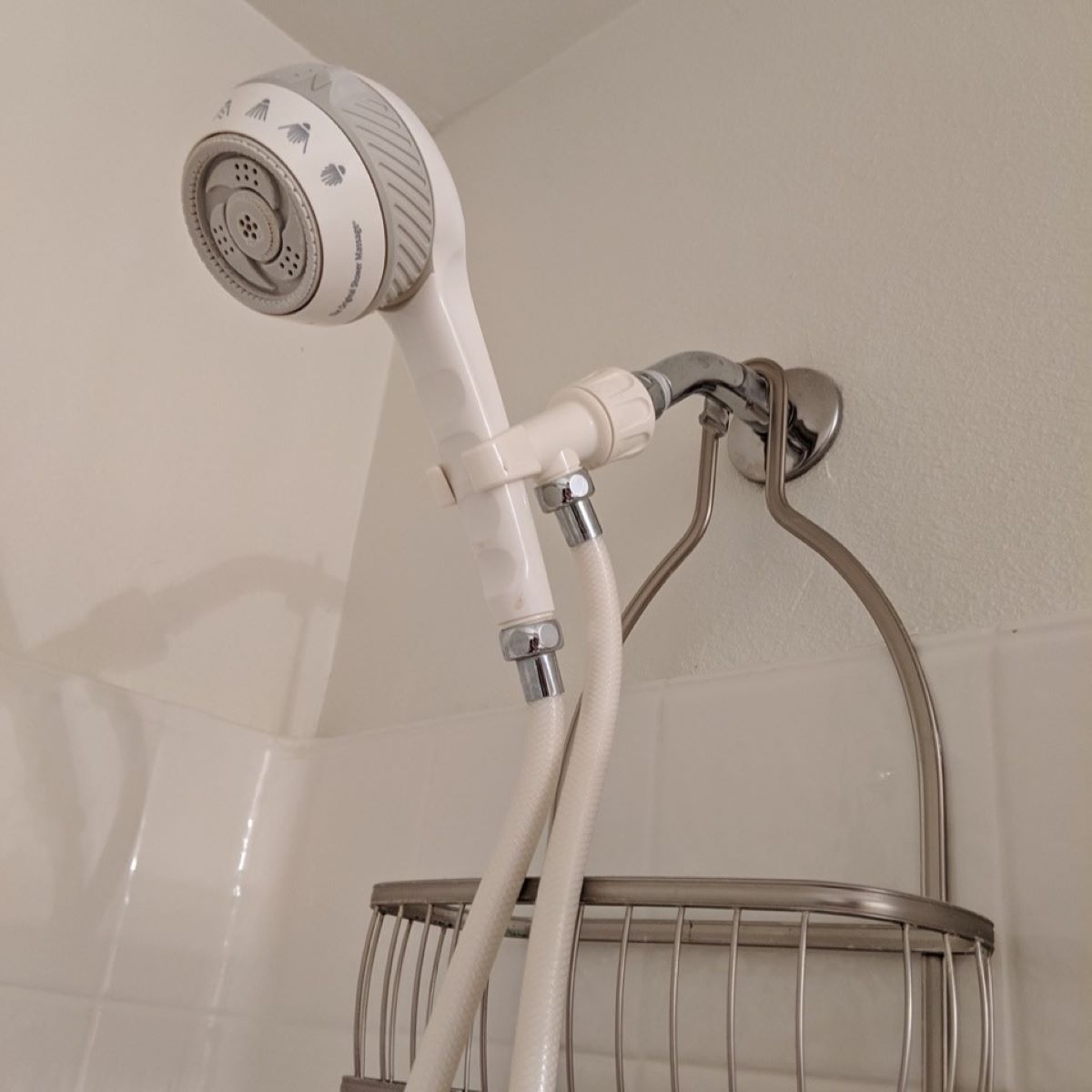

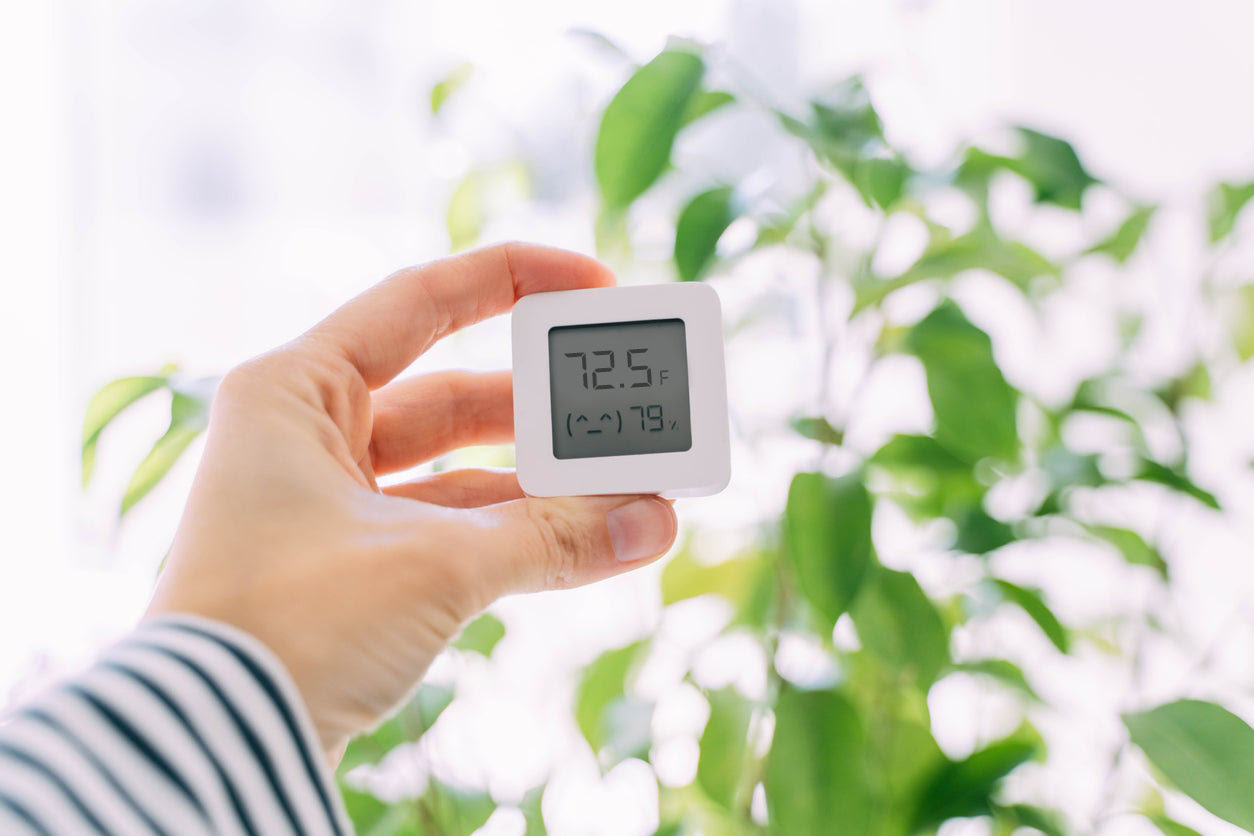


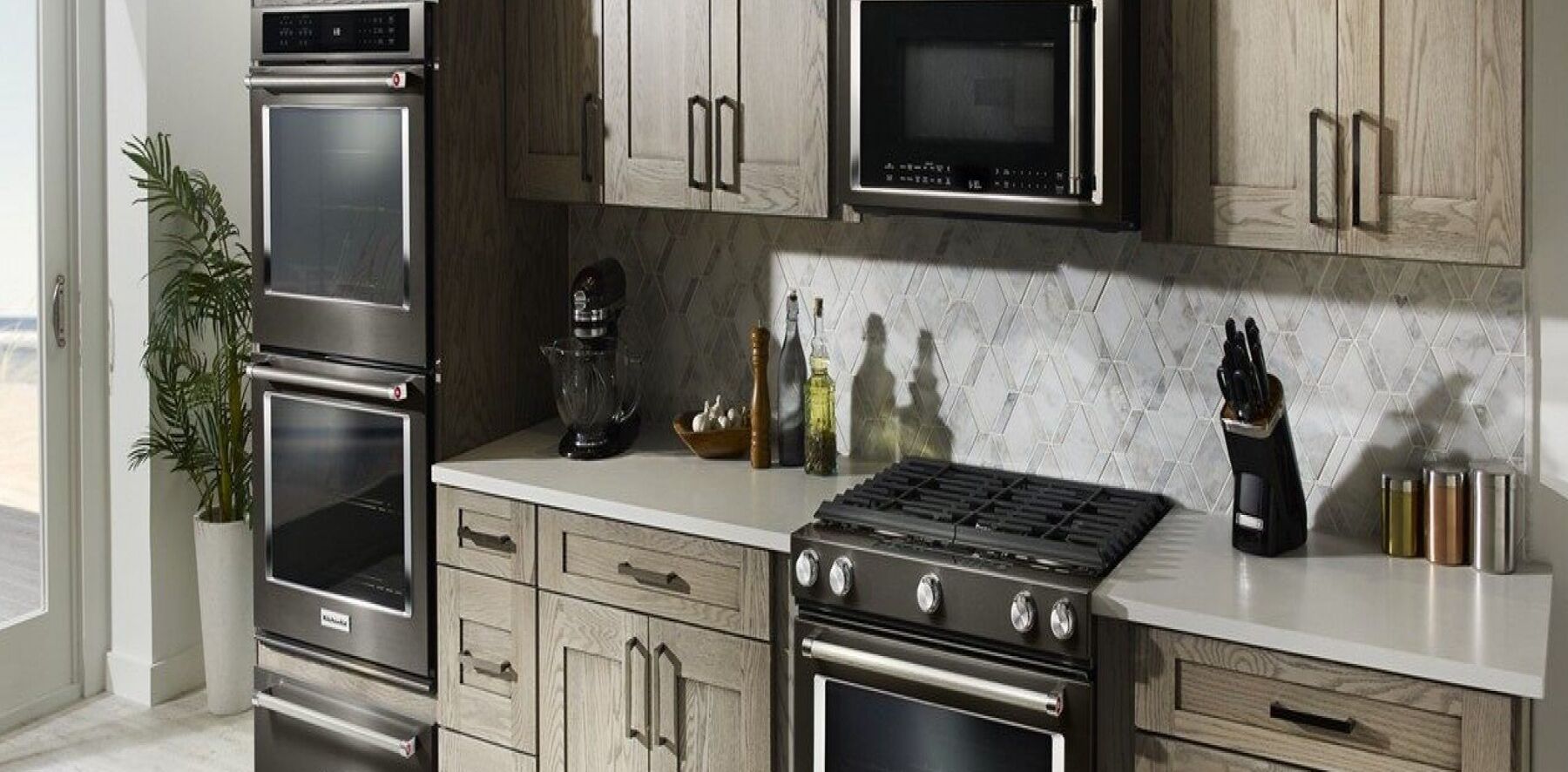
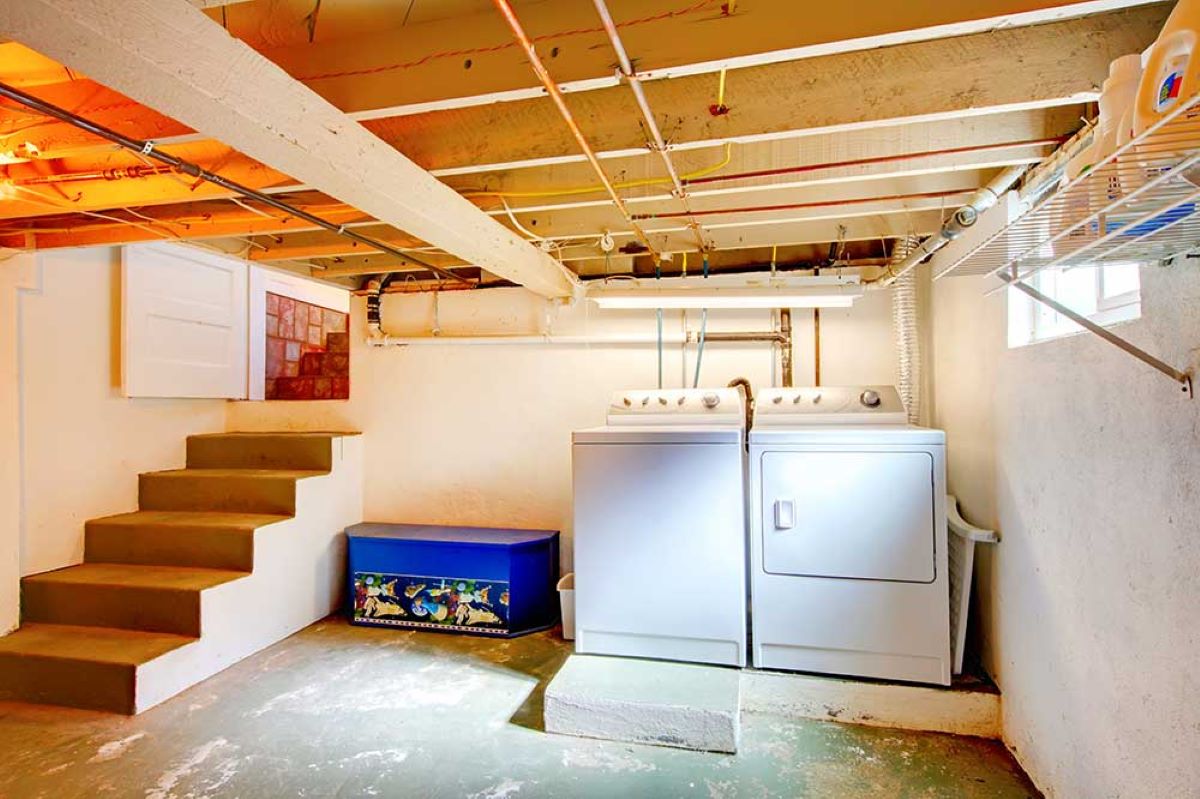



0 thoughts on “Why Is The Attic Always Warmer Than The Basement”